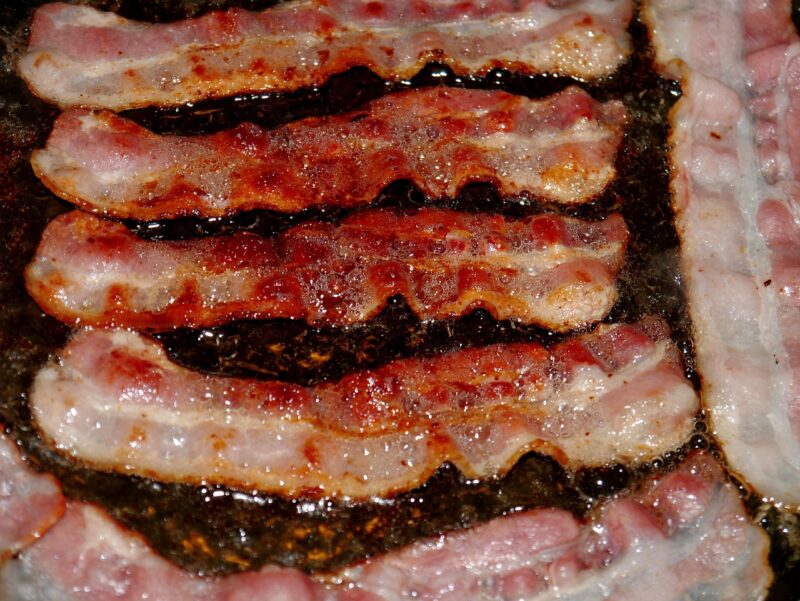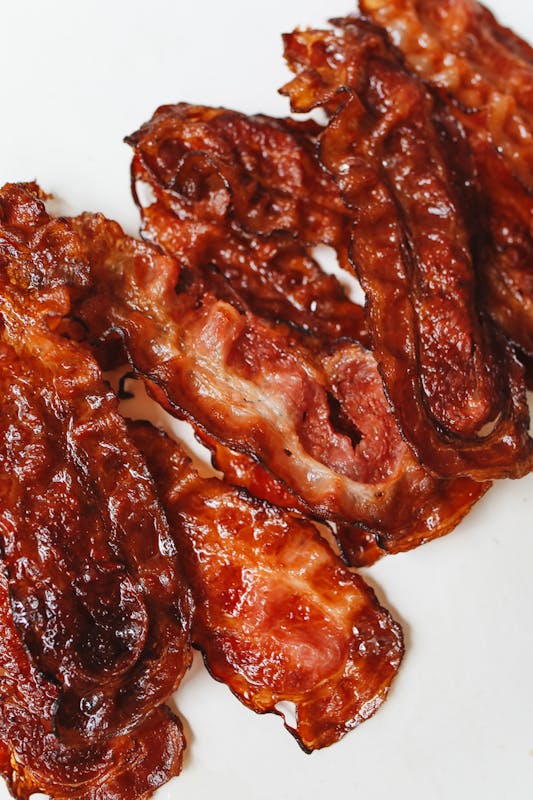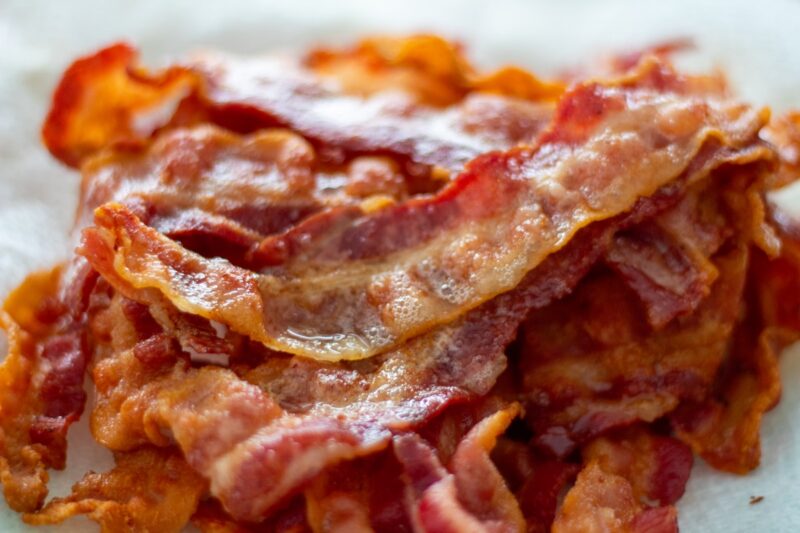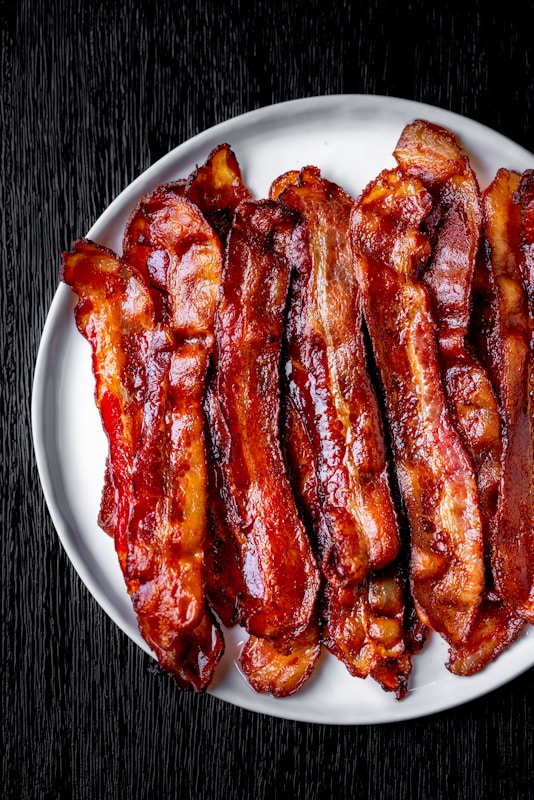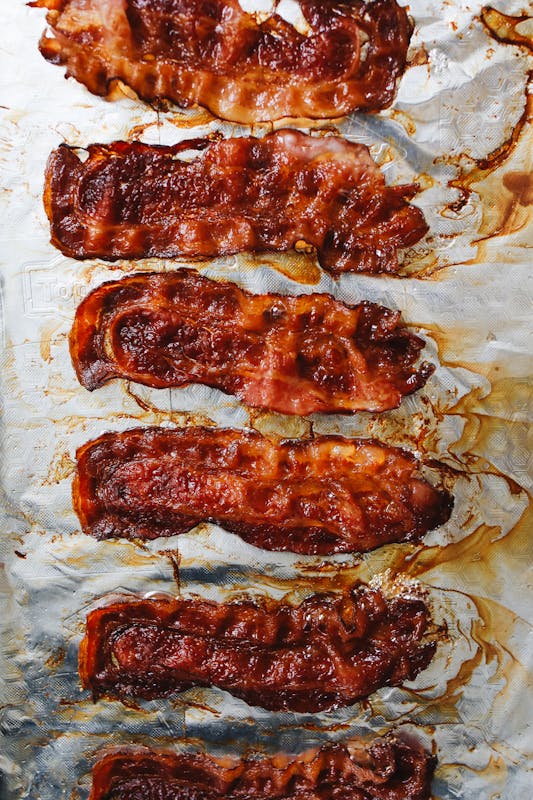When it comes to breakfast, bacon is often the star of the show. The sizzling sound, the rich aroma, and the salty, crispy texture can transform a mundane morning into a delightful experience. However, many people are left wondering about the best way to store their bacon to maintain its flavor and quality.
So, can you freeze bacon? The answer is a resounding yes! This blog post will explore everything you need to know about freezing bacon, ensuring you can enjoy this delightful cured meat whenever you like.
Why Freeze Bacon?
The benefits of freezing bacon are numerous. Here are some compelling reasons:
Preservation: Freezing bacon extends its shelf life, preserving its flavor and preventing spoilage.
Convenience: Having bacon on hand means you can whip up a delicious meal at a moment’s notice, whether you’re making a classic breakfast or adding it to salads and appetizers.
Cost-Effectiveness: Buying bacon in bulk and freezing it can save you money in the long run, especially when there are sales or discounts.
Mealtime Flexibility: Freezing allows you to portion out bacon, meaning you can cook only what you need without wasting food.
How to Freeze Bacon: A Step-by-Step Guide
Now that we’ve laid the groundwork, let’s explore how to freeze bacon effectively. You want to ensure that it retains its rich flavor and doesn’t suffer from freezer burn. Here’s how you can do it:
Step 1: Choose Your Bacon
Whether you have a large pack of fresh bacon or a few unopened packets, select the type of bacon that best suits both your taste and freezing plan.
Step 2: Portion It Out
Consider how you will use the bacon later. If you know that you typically use a couple of slices at a time, portion your uncooked bacon accordingly. You can either leave it whole or slice it into desired portions.
Step 3: Wrap It Properly
The key to successful freezing is keeping out air to prevent freezer burn. Here are options for wrapping:
Plastic Wrap: Tightly wrap individual portions or the full pack in plastic wrap before placing it in a freezer bag. This adds an extra layer of protection.
Aluminum Foil: Wrap your bacon tightly in aluminum foil. This is especially useful for thick-cut bacon but may need an additional layer of a freezer bag.
Freezer Bags: Consider using resealable freezer bags that are specifically designed for freezing. Remove as much air as possible before sealing.
Step 4: Label and Date
Whether you choose plastic wrap, foil, or freezer bags, always label your packaging with the date and type of bacon. This practice ensures you maintain freshness and keep track of how long it has been in the freezer.
Step 5: Place in Freezer
Store the wrapped bacon in the coldest part of your freezer. Ideally, bacon can be frozen for up to six months while maintaining optimal flavor. After that, it may still be safe to eat but could lose some quality.
Step 6: Thawing Bacon
When you’re ready to enjoy your frozen bacon, the best method is to thaw it in the refrigerator overnight. If you’re in a hurry, you can use the microwave’s defrost setting or cook it from frozen, although the results might not be quite as good as when it’s properly thawed.
Tips for Maintaining Bacon Quality
To ensure the quality remains high, here are additional tips to consider:
1. Vacuum Sealing
If you plan to freeze bacon frequently, consider investing in a vacuum sealer. Vacuum-sealed bacon lasts longer in the freezer and significantly reduces the risk of freezer burn.
2. Avoiding Repeated Freezing
Try to avoid thawing and refreezing bacon, as this can adversely affect texture and flavor. Firmly adhere to portioning out your bacon to minimize waste and maximize convenience.
3. Monitor Freezer Temperature
Ensure your freezer is set at 0°F (-18°C) or lower for optimal food preservation. Regularly check the temperature to prevent accidental thawing.
Cooking Frozen Bacon: Tips and Tricks
Now that you know how to freeze bacon effectively, let’s discuss how to cook it while retaining its rich taste and crispy texture.
Cooking from Frozen
You can cook bacon directly from frozen. Here’s how to do it:
Skillet Method: Place the frozen slices of bacon directly into a preheated skillet. As the bacon begins to thaw and the grease renders, you can separate the slices with a fork or tongs.
Baking Method: Preheat your oven to 400°F (200°C). Line a baking sheet with parchment paper and spread the frozen bacon slices out. Bake for approximately 20-25 minutes, flipping halfway through, until crispy.
Thawed Bacon
If you’ve thawed the bacon in the fridge:
Skillet Cooking: Heat a non-stick skillet over medium heat. Add the bacon, and cook until it’s crispy, turning occasionally for even cooking.
Microwave Cooking: Place bacon slices between paper towels on a microwave-safe plate. Cook on high for about one minute per slice, adjusting based on your microwave’s wattage.
Unique Recipes Featuring Bacon
After figuring out the best ways to freeze and prepare bacon, let’s get creative with some unique recipes that shine a spotlight on bacon’s versatility.
Bacon-Wrapped Asparagus
An elegant side dish that’s perfect for entertaining. Simply wrap individual asparagus spears in bacon and bake until crispy.
Bacon Carbonara
This decadent pasta dish uses crispy bacon instead of pancetta, creating a creamy sauce that’s utterly irresistible.
Bacon and Cheese Stuffed Jalapeños
These spicy bites are elevated with crispy bacon and cream cheese, perfect for game day or any festive gathering.
Best Practices for Storing Cooked Bacon
If you find yourself with leftover cooked bacon, storing it properly is essential to keep it safe and tasty.
Refrigeration
Place cooked bacon in an airtight container or a resealable bag.
Store it in the refrigerator, where it will last for about four to five days.
Freezing Cooked Bacon
If you want to freeze cooked bacon for later use, follow these steps:
Allow the bacon to cool and then lay it flat on a baking sheet.
Freeze the bacon until firm, then transfer it to a freezer-safe bag or airtight container.
Label with the date and store in the freezer for up to one month.
Reheating Cooked Bacon
When you’re ready to enjoy your leftover bacon, reheating can be done in a few easy ways:
Microwave: Place your bacon between paper towels and microwave for about 30 seconds to a minute.
Skillet: Reheat in a skillet over low heat until crisp.
Troubleshooting Freezing and Cooking Bacon
Although freezing bacon is relatively straightforward, some common issues can arise. Here’s how to troubleshoot:
Freezer Burn
If your bacon has freezer burn—often indicated by dry patches—don’t panic. While it might lose some flavor, it’s still safe to eat. Simply trim off the affected areas.
Texture Change
Sometimes, bacon can develop a slightly altered texture after freezing. This is usually due to moisture loss during the freezing process. Cooking thoroughly or introducing it into recipes that involve moisture (like soups) can help mitigate this issue.
Smell or Foul Odor
If your bacon has an off smell after being frozen, it’s best to err on the side of caution and discard it. Proper packaging can help prevent this from occurring.
Conclusion: Enjoying Bacon Without Waste
So, can you freeze bacon? Absolutely! By following the steps outlined in this guide, you can keep your favorite breakfast staple on hand and avoid waste. The process not only preserves flavor but also offers convenience and cost savings. Remember that proper storage techniques are essential, whether you’re dealing with raw bacon or leftovers.



